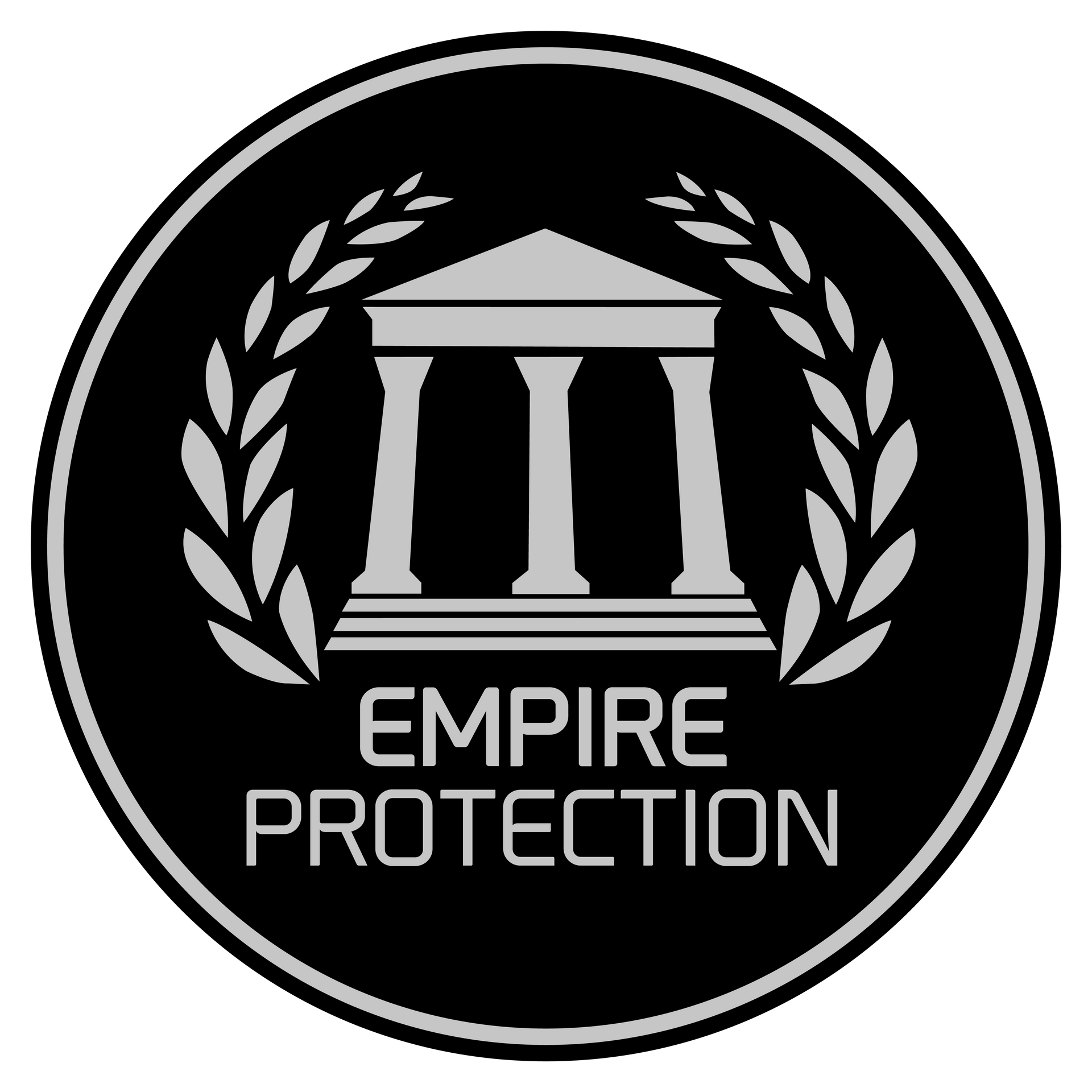THE INTEL ROOM

As the summer comes to a close, Toronto becomes the global stage for one of the most celebrated cultural gatherings in the world – the Toronto International Film Festival (TIFF). For eleven days, the city’s streets and venues welcome celebrities, executives, and fans from around the world. While TIFF is the hallmark of the film industry, it also presents unique and complex security challenges. For firms specializing in executive protection, event security, and risk management, high-profile events like TIFF require more than bodyguards at the door. They require advanced planning, seamless coordination, and enhanced focus on client safety and privacy. Threat, Vulnerability, and Risk Assessment (TVRA) Every protective detail begins with a Threat, Vulnerability, and Risk Assessment process that ensures clients are protected against both predictable and unexpected threats. This starts with a deep understanding of the client’s risk profile and the unique characteristics of each venue. It is followed by a layered assessment that blends threat intelligence, physical security, and real-time threat monitoring. Risk Profile A client’s risk profile is an assessment of their personal, professional, and environmental risk factors that shapes how security measures are designed and implemented. It considers factors such as public visibility, travel habits, digital footprint, professional role(s) and affiliations, lifestyle patterns and environmental conditions. Understanding if your client is low, medium, or high visibility will determine the baseline threat level. For some clients the focus may be on managing certain media outlets, while for others it is looking out for activists and protestors. By assessing these factors, we can tailor our risk management strategies to address the unique needs of each client. Intelligence Led and Threat Informed Threat intelligence is about anticipating potential risks before they impact our client. At high profile events, clients can face both general threats such as crowds, opportunistic crime and protests and specific threats tied to the client’s risk profile, such as a stalker or an obsessive fan. General threats can be anticipated by staying alert to what’s happening in and around the events your client is set to attend. While specific threats should be closely monitored by speaking with the publicist and identifying any known persons that may pose a threat. By combining intelligence with physical protection, you can stay ahead of potential risks and ensure a safe and seamless experience for your client. Digital Advance Planning often begins online. Routes are mapped, entry and exit points identified, and contingencies built in, such as locating nearby hospitals, police stations, and safe houses. At major events, road closures, construction, and heavy traffic can throw plans off track quickly, so flexibility and real-time updates are essential. Physical Assessment Walking through each venue in advance allows agents to confirm layouts, emergency exits, safe rooms, and staging areas. Just as important is building rapport with the security director or staff at each location. A good relationship can turn into invaluable support during the event itself. Having a plan on paper is one thing; seeing it on the ground and aligning with the venue’s reality is what makes an operation seamless.

In recent months, more Canadians—especially business leaders and executives—are choosing to travel within Canada rather than heading across the border to the U.S. The reasons are multifaceted: rising cross-border tensions, political uncertainty, economic tariffs, and a growing list of travel-related headaches have all made international trips less appealing. Whether it’s for business meetings, corporate retreats, or personal getaways, domestic destinations like Vancouver, Toronto, Calgary, and Montreal are seeing a noticeable spike in high-profile Canadian travellers. But with this shift in travel patterns comes a new set of security and logistical considerations. Just because a trip stays within national borders doesn’t mean it’s risk-free.

In North America, major professional sports leagues like MLB, NBA, and NHL games draw millions of fans each season, creating thrilling atmospheres, anticipation, and excitement that brings communities together. But beyond the scoreboard and excitement lies an unseen team of security professionals dedicated to protecting the fan experience and personal safety. One critical aspect of a physical security strategy is Open-Source Intelligence, or OSINT, which plays a key role in protecting large-scale events.

Empire Protection is a leading protection and intelligence firm based in Toronto, Canada. Founded in 2017, Empire was born after the founders, Mitesh Shah and Neil Persaud, noticed a gap in the industry: security companies were prioritizing scaling their business over training their security guards, compromising the safety of their clients and guards. Specifically, these security companies offered minimal to no training, while their employees worked in high-risk environments without understanding the threats they faced. Determined to challenge this norm, Empire’s founders envisioned a boutique security firm that not only met the needs of its clients but prioritized professional training for their team. Our training strikes a balance between hard and soft skills. Today, Empire Protection is a testament to this vision, having established a proven track record for delivering high-quality protection services across Canada. By leveraging a well-trained guard force, backed by innovative security technology, Empire Protection has carved out its share in a saturated and overcrowded market. Currently, the company operates across three main verticals: 1. Security Guard Services; 2. Executive Protection and Secure Transportation; and 3. Risk Management, Training and Consultancy

